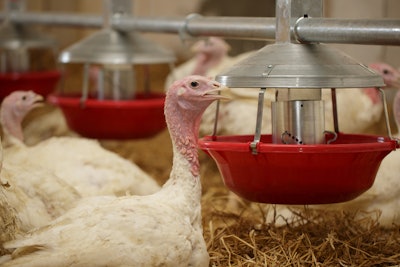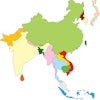
When highly pathogenic avian influenza (HPAI) reared its head back in early 2015, it arguably left domestic poultry and egg producers shell-shocked by its devasting impact not only on production but also trade. That outbreak inflicted steep losses, but fortunately, the virus quieted down about as suddenly as it had burst onto the scene and then went dormant as a threat for several years.
HPAI’s return in early 2022 was unfortunate, but the industries so adversely affected by the virus years prior seemed better prepared to manage its spread through biosecurity strategies that had been incorporated as a response to the previous outbreak.
This time it’s different
As HPAI cases started popping up in February 2022 and the spread intensified heading into spring, it was evident that another serious situation was unfolding, but the frequency suggested that poultry and egg producers were enjoying some measure of success in containing its spread compared to the last outbreak.
For perspective, the U.S. turkey industry lost more than 7.8 million birds to HPAI during the first six months of 2015. Roughly 5.3 million commercial turkeys were depopulated as a result of virus exposure during the first half of 2022. That meant a 32% decline in bird losses over a similar time frame, although it is fair to mention that the industry had shrunk close to 10% between the two outbreaks.
This is where comparisons between outbreaks start to break down. Back in 2015, HPAI stopped being a threat by summer and remained quiet for six-and-a-half years. With this latest version, following a very brief hiatus, HPAI reappeared on a handful of turkey farms in July 2022 and was spreading out of control again by August. Nearly 4.1 million commercial turkeys were depopulated because of HPAI between August and December of 2022.
Losses keep mounting
Flipping the calendar to 2023 seemed to offer a ray of hope to the U.S. turkey industry. HPAI was still hanging on, but cases slowed to a trickle. Fewer than 300 thousand commercial turkeys were depopulated between January and April, and much to the industry’s relief, HPAI then went silent from May to September. It finally seemed as if the HPAI threat was subsiding in a meaningful, if not significant, way. Perhaps, as in 2015, the virus would fade from view for at least a few years.
That burgeoning optimism was turned on its head in early October as HPAI proved resurgent, and it took barely a month for another million turkeys to be depopulated. A threat of this magnitude and persistence has created a very challenging environment for U.S. turkey producers to operate in and made for an uncertain future in this industry.
The cumulative number of turkeys lost to HPAI is already staggering and continues to mount. Implied livability in this sector was down to 82% in 2022, the lowest level in at least four decades, and remained historically depressed in 2023. This is an untenable situation for the U.S. turkey industry over the long run.

















